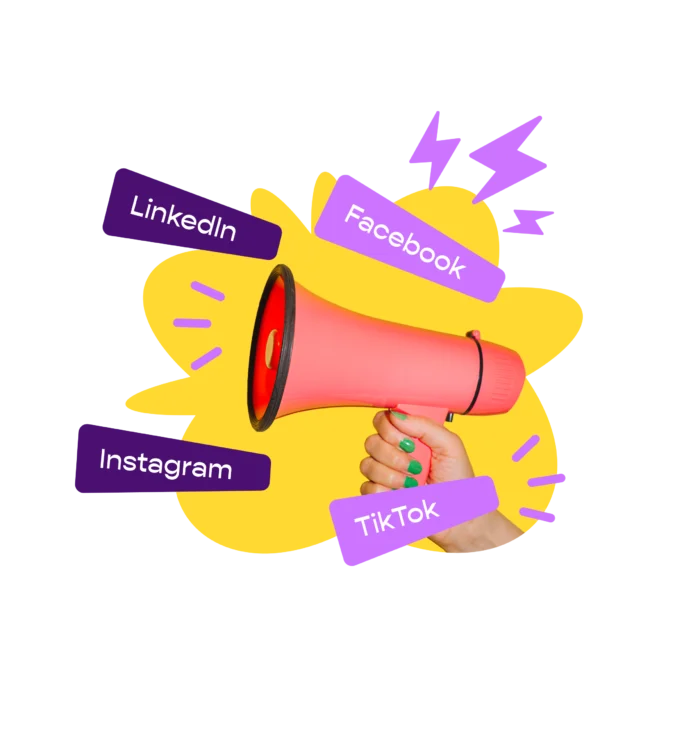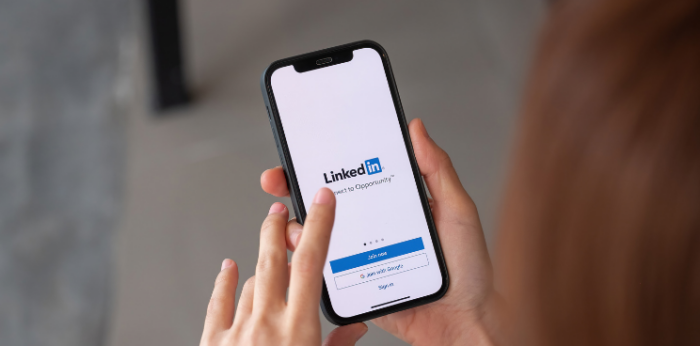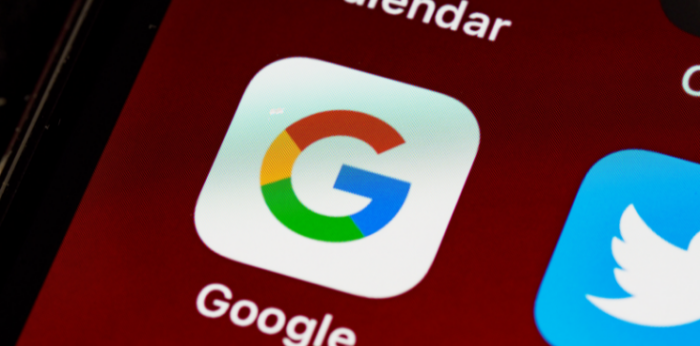Demand generation – new buzzword in marketing

Demand generation is a marketing strategy that introduces your company’s brand to the ideal customer and thus creates demand for your product and service.
Demand generation vs lead generation
With Lead generation, you want to reach to as many people as possible in the shortest possible time, with the main goal of getting their email addresses to get them engaged in the sales cycle.
Lead generation is a short-term sales-focused strategy in which the marketing department feeds unfiltered contacts to the sales department.
Example: An e-book download campaign followed by proactive sales team activities. In this strategy, contacts are will be nurtured as long as the customer gives up and makes a purchase.
In general, a lead generation strategy is characterized by a high number of contacts, a low contact quality score and a low percentage of sales.
Lead generation
Lead generation is a short-term sales-focused strategy in which the marketing department feeds unfiltered contacts to the sales department.

Demand generation is a long-term strategy where the marketing team focuses on customer needs and fears, with the goal of directing more people directly to your sales team to make a purchase.
To achieve this, the customer is educated about the necessity of the product or service before sending a contact request or reaching the salespeople.
The main effort of a demand generation strategy is to educate the customer about his or her pain points in order to generate interest or need to purchase your product/service.
The educational process will increase your company’s brand awareness and affection for it.
That is, the customer learns the ins and outs of what you have to offer through the content you create, knowing your standards by which the customer can begin consuming the product/service and the people who take care of him or her during the process.
Example: A person sees your video post on LinkedIn. Next week, he’ll listen to your podcast, where he’ll recognize a current pain point he has at work. He will go to your website and send you a contact request. As he is already familiar with you and has developed an affection for your brand, the sales process is faster and smoother.
Although the total number of contacts generated is lower for demand generation, the quality score of the contacts is much higher, which is also reflected in the higher sales winning rate.
Demand generation
Demand generation is a long-term strategy where the marketing team focuses on customer needs and fears, with the goal of directing more people directly to your sales team to make a purchase.

Concentrate on the quality of prospects, not the quantity
Demand gen is not about directing as many people as possible to your website.
The goal is to build the trust and recognition of your ideal customer in order to position your company as a “go-to” brand in your industry.
Demand gen starts from knowing your customer
The key to generating demand should be the ability to offer potential customers solutions that address unique perspectives and readiness to buy, taking into account content preferences and their current position in the sales cycle.
To find out, try the following for the customer:
- Who are your ideal customers?
- How do they make purchasing decisions?
- What are their pain points?
- What questions do buyers typically have in each different part of the sales cycle?
Conclusion
Want to create demand for your product or service?
Very good.
As mentioned above, first you need to understand the essence of marketing.
- Understand your ideal client
- Understand how people consume information on digital channels
- Accordingly, create content that emphasizes the pain points of your ideal customer
- Make your content is easy to access – don’t ask your potential customers to fill in contact information to download an e-book, make information freely accessible to anyone who wants to consume it
- Don’t look for vanity metrics that make you feel good in the short term – focus on sales win-lose rate
- Keep an eye on your CRM – make sure you understand the customer journey
- Find out how you could offer more value to your customers
- Repeat the process

















